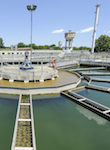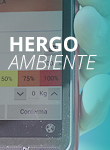Hera and General Electric together for energy recovery
Focus
Focus
Category Facet
Custom Facet
Search Results
-
Web Content Article On Aug 4, 2020 5:12 PM
Since 2017, we have been developing a measuring system, conceived by Hera Luce, which analyses the materials used in public lighting. What's the target? Making their life cycle circular, as well.
Categoria Progetto: Energy Efficiency Circular Economy -
Web Content Article On Aug 4, 2020 5:08 PM
Producing electricity and heat from non-reusable waste. How? In a waste-to-energy plant: it's a safe and legally compliant plant and an energy resource for the local area.
Categoria Progetto: Energy Efficiency Circular Economy -
Web Content Article On Aug 4, 2020 5:04 PM
Waste can become sofas, lamps, games, and musical instruments. But even stage sets, art objects and installations. How? We'll tell you about it in this project.
Categoria Progetto: Circular Economy -
Web Content Article · By LUCIA ALGISI On Aug 4, 2020 4:49 PM
Thanks to the Optimised Seawater Protection Plan”, Rimini's beaches will be 100% safe to swim. Discover the most important milestones and works of the project to protect the sea
psbo Categoria Progetto: Heratech Project Circular Economy Water Project -
Web Content Article On Aug 4, 2020 4:32 PM
Fuel may also be extracted from vegetable oils. Used domestic vegetable oil (such as frying oil) which is recovered by multiutility services via roadside containers and drop-off points, is...
Categoria Progetto: Circular Economy -
Web Content Article On Aug 4, 2020 4:21 PM
What's Ferrara's green secret? It's underground, where a geothermal basin feeds its district heating system. The result? 87% of the thermal energy distributed in the city is "clean" and we avoid...
Categoria Progetto: Innovation Energy Efficiency Circular Economy -
Web Content Article On Aug 4, 2020 4:19 PM
The ultrasound hydrolysis system, installed in the Forlì treatment plant, makes the life cycle of wastewater sludge circular. The result: less sludge to dispose of, and more biogas produced.
circulareconomy Categoria Progetto: Circular Economy Water Project Innovation -
Web Content Article On Aug 4, 2020 3:28 PM
To obtain clean energy to power Ravenna's buses by decomposing waste in landfills.
circulareconomy Categoria Progetto: Innovation Circular Economy
Asset Publisher
We have installed a turbo expander at the R&M stations of Ducati's factory in Bologna. The goal is to recover electricity from the decompression process of methane gas.
An experimental and innovative project with an ambitious goal: energy recovery and lower consumption of fossil fuels by decompressing the methane gas distributed in urban networks.
The exclusive agreement between Hera Group and General Electric specifically involves installing a turbo expander at the R&M stations (gas delivery points) of the Ducati factory in Bologna. It is a medium-small turbo expander (330 kW electric), which can be installed in medium-sized R&M stations, that in combination with a heat pump that uses CO2 as a thermal carrier fluid, recovers part of the electric energy to preheat the gas used in the process.
In 2019, we completed all the production start-up activities and started the provisional running phase, in order to carry out all the performance and endurance tests. It is scheduled to start operating at full capacity in the second half of 2020.
Once the testing is completed, if the expected performance is confirmed, this technology can be installed in other methane gas decompression stations of the Hera Group.
The project, moreover, contributes to achieving target 7.3 of the UN’s 2030 Agenda.
Search Bar
Tag Facet
Search Results
Asset Publisher



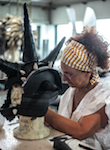
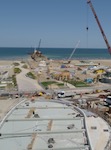
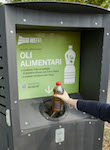
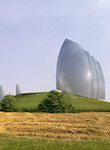
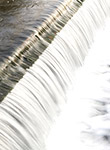
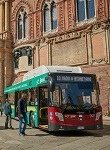
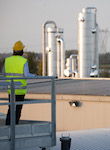

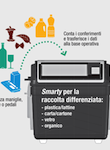
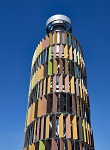
.jpg/468d051b-ba80-83a6-359d-7ef55eefd940)
